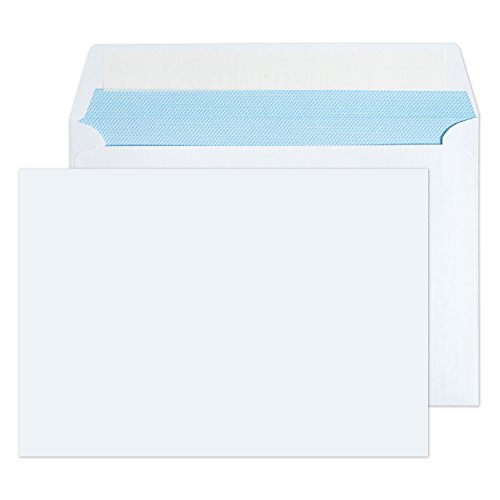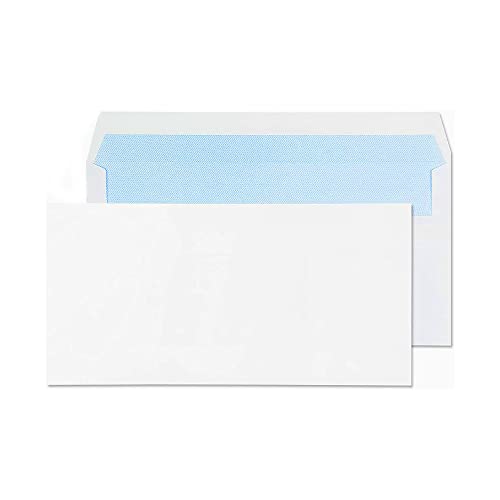Understanding First-Class Envelopes: What to Know About Maximum Weight
When sending mail, it’s easy to get confused about what’s considered first-class and what the maximum weight limit is for certain types of envelopes. First-class mail generally includes items like letters, postcards, flats, and large envelopes. But when it comes to the weight of a first-class envelope, how much can you really send? Let’s dive into what you need to know about maximum weight limits for first-class envelopes.
What Is a First-Class Envelope?
According to the United States Postal Service (USPS), a first-class envelope is generally considered any envelope that contains correspondence, invoices, or other lightweight documents. This can include standard-sized envelopes, large envelopes, padded envelopes, or even flat envelopes. However, the dimensions of a first-class envelope must meet certain USPS standards, including:
- Height: Must be between 3.5″ – 6.125″
- Length: Must be between 5″ – 11.5″
- Thickness: Must be between 0.007″ – 0.25″
- Weight: Must not exceed 3.5 ounces
What Is the Maximum Weight for a First-Class Envelope?
The maximum weight for a first-class envelope is 3.5 ounces. This weight includes the envelope itself, as well as any enclosures inside. If you need to send something heavier than 3.5 ounces, you’ll need to upgrade to a larger envelope or package, which will likely be subject to higher postage rates.
How Is First-Class Mail Different from Priority Mail or Express Mail?
In addition to first-class mail, USPS also offers Priority Mail and Express Mail services. Priority Mail is generally used for packages and envelopes that require faster delivery times, with delivery typically taking 1-3 business days. Express Mail provides expedited delivery options with overnight delivery to most locations. Unlike first-class mail, both Priority Mail and Express Mail have weight restrictions that are higher than 3.5 ounces.
What Else Should You Know About Sending First-Class Envelopes?
When sending first-class envelopes, it’s important to keep in mind any other USPS restrictions that may apply. For example, certain items may not be mailable or may require additional postage, such as items that contain hazardous materials. Additionally, some international mail restrictions may apply if you’re sending mail outside of the United States. To ensure your mail is delivered properly, always check USPS guidelines before sending.






